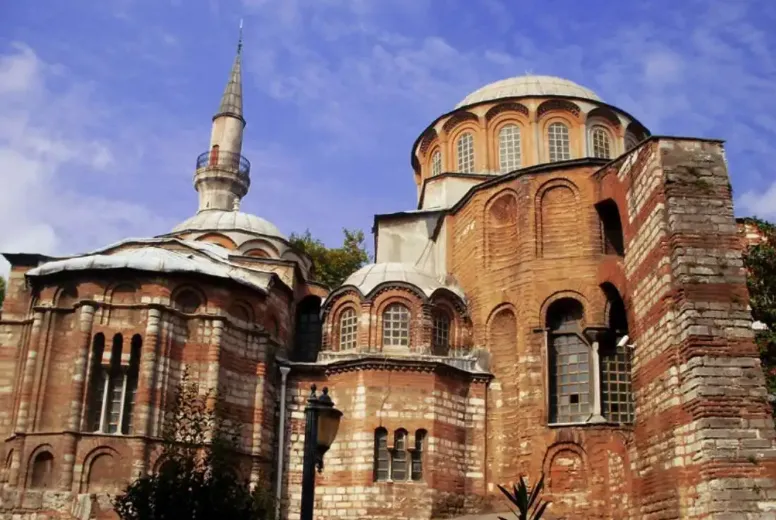After serving as a museum for more than 79 years, the Turkish government is proceeding with plans to make the Church of the Holy Savior in Istanbul a mosque.
Mirroring the 2020 reversion of the Hagia Sophia, prayers and Islamic rites will be performed once again in the ancient church, according to Fides, the information service of the Pontifical Mission Societies.
The Church of the Holy Savior, also known as Chora Church, is recognized as one of the most important Byzantine gems in the world and is adorned with many unique icons and frescoes.
Turkish media, particularly the Islamist daily Yeni Şafak, initially reported the mosque would reopen for Islamic prayers on Feb. 23, 2023. However, the Turkish Directorate General of Institutions within the government’s Ministry of Culture and Tourism denied the report, affirming that the opening date remains unannounced.
The museum-to-mosque conversion project began in 2020, with plans to implement it by October of that year. Restoration work delayed the project. According to Turkish media, this long-running initiative, dubbed the “Kariye Mosque,” has finally come to fruition.
Sitting in the northeast of Istanbul’s historic center near Adrianople Byzantine Gate, the Church of the Holy Savior was built in the 12th century and restored in the early 14th century. After the conquest of Constantinople, the Ottomans kept the building as is until its conversion to a mosque in 1511. At that time, the magnificent frescoes and icons were completely plastered over.
At the end of World War II, archeologists and historians uncovered the long-hidden masterpieces on the walls. In 1945, the building became a museum and religious practices inside were banned.
However, in August 2020, Turkish President Recep Tayyip Erdoğan reversed the 1958 decision that established the museum, paving the way for its return to an Islamic place of worship.
